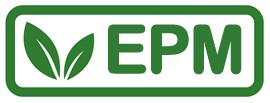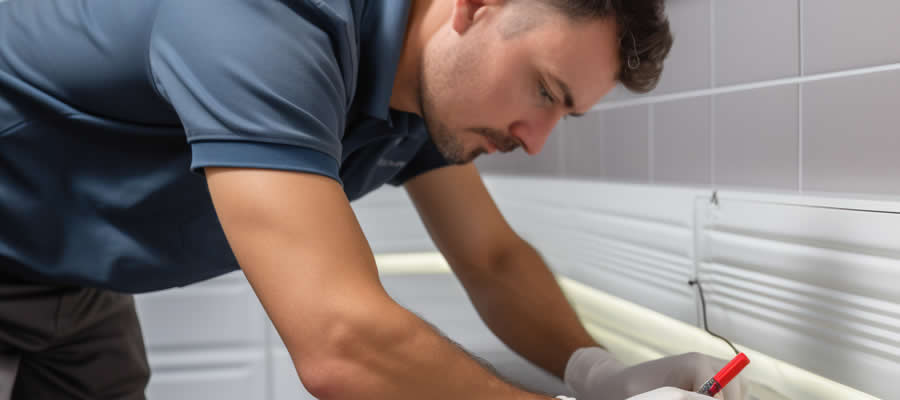The EASY Guide to Integrated Pest Management
Dealing with pests is no fun. Pests can really damage plants in your garden and home. But integrated pest management (IPM) can help you control pests the right way.
IPM uses many methods to keep pests away and keep plants healthy. It tries to avoid using pesticides too much. The goal is to use safer methods first, and only use pesticides if needed.
Here is how IPM works:
Set Action Thresholds
With IPM, you decide on a pest number that is too high. This is the point where you need to take action and control them.
Check for Pests
Look carefully for pests on plants often. Learn how to identify different pests. Finding pests early means you can control them faster.
Try to Prevent Pests
First, change the environment to keep pests away. For example, clean up fallen fruit that attracts pests. Choose varieties that are resistant to pests.
Control Pests Responsibly
If prevention does not work, use safer controls first like traps, barriers, or natural enemies. Only use pesticides as a last choice. When you do use them, target them carefully.
IPM mainly uses four methods to control pests:
Cultural Methods
Change how you grow in the garden to avoid pests or keep their numbers low. Examples:
- Rotate different crops yearly – this disrupts pest life cycles
- Remove old trees and fallen fruit – gets rid of pest breeding spots
- Till soil – exposes insects to predators
Cultural methods prevent pests without chemicals.
Physical Methods
Physically remove pests or use barriers to keep them away. Examples:
- Handpick pests
- Use sticky traps to catch pests
- Cover seedlings to block insects
- Put tree bands on trunks to stop crawling bugs
Physical methods target specific spots infested with pests.
Biological Methods
Use beneficial insects that eat pests. Examples:
- Ladybugs eat aphids
- Tiny wasps kill pest eggs
- Bt kills caterpillars
- Beneficial fungi attack insects
Let nature control pests with biological methods!
Chemical Methods
Only use pesticides when needed. When you do:
- Pick ones that target the pest but won’t harm other insects and animals
- Spot treat small infected areas, don’t spray everywhere
- Take care when and how you apply them to lower risks
- Switch pesticides used so pests don’t become resistant
The goal of IPM is to use all these methods together to control pests while keeping risks low. Try IPM to get rid of pests the right way!
IPM Versus Traditional Pest Control Comparison
| Aspect | Traditional Pest Control | IPM |
|---|---|---|
| Goal | Quick control/elimination of pests | Sustainable, long-term suppression of pests |
| Approach | Reactive, relies heavily on pesticide usage | Proactive prevention, multi-tactic integration |
| Focus | Target pests only | Entire agroecosystem |
| Monitoring | Little to no monitoring | Regular pest monitoring is core part of program |
| Thresholds | No defined thresholds | Pest densities driving management decisions |
| Economics | Short-term cost reduction | Long-term productivity and cost management |
FAQ
How do you start an IPM program?
- ID key pests, set action levels to know when to control them
- Check plants often to find pests right away
- First change the environment to prevent pests
- If needed later, use safer controls like beneficial insects and barriers
- Only use pesticides as a last choice!
When should you use pesticides versus other methods?
- Always try cultural, physical and biological methods first
- Only use pesticides if really needed to get pests under control
- Spot treat small areas instead of spraying everywhere
What’s the best way to monitor pests?
- Check plants closely 1-3 times a week
- Look at undersides of leaves for pests hiding there
- Use sticky traps to catch pests
- Keep records of what pests you find and where
Conclusion
Using IPM is the best way to control pests responsibly. It focuses on safer methods first, like prevention and natural enemies. IPM should be used in all gardens and farms to keep plants healthy while protecting the environment. It takes work to monitor pests and use different methods, but IPM pays off with fewer pests and less pesticide use in the long run!
This guide was written by Cameron Brown with a focus on maming it easier to understand than other articles. It is a topic that dives deep into the science behind pest control.
Let me know if you have any other questions as I would be happy to answer them for you.

